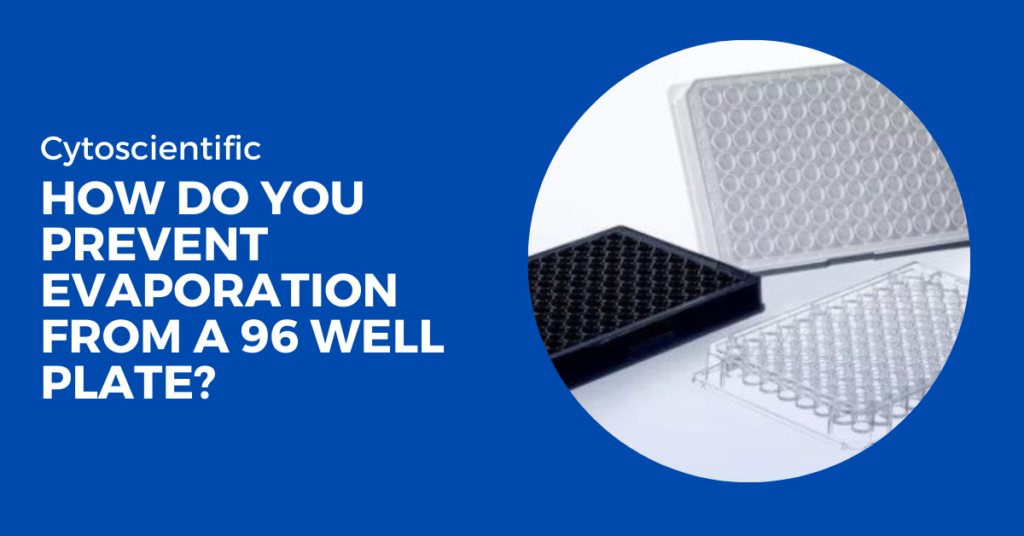Preventing evaporation from a 96-well plate is important for getting accurate results in your experiments. When the liquid in the wells evaporates, it can lead to changes in concentration and affect your data. Fortunately, there are several simple strategies you can use to minimize evaporation.
Use Plate Covers or Seals
Keep the Temperature Steady
Keeping the temperature steady is important because when the temperature rises, liquids evaporate more quickly. To prevent this, use an incubator with humidity control to keep the air moist and the temperature consistent. Also, avoid placing your 96 well plate near direct heat sources, and allow it to gradually adjust when moving between different environments to prevent sudden changes that can lead to evaporation.

Arrange Wells Wisely
Arranging wells wisely means using the central wells for your samples and filling the outer wells with water or buffer. This reduces evaporation from the samples because the outer wells act as a protective barrier, helping to keep the liquid in the central wells more stable during the experiment.
Choose the Right Plate Material
Choosing the right plate material helps control evaporation. Polystyrene plates are common but can allow more evaporation. Polypropylene plates are better at preventing evaporation because they hold in moisture longer. Selecting the appropriate material based on your experiment’s needs can help maintain accurate liquid volumes.
Use Larger Liquid Volumes
Using larger liquid volumes in each well helps reduce evaporation because there’s more liquid to lose before it becomes a problem. With more liquid, the effect of evaporation is less noticeable, which helps maintain the accuracy and consistency of your experiment results.
Minimize Air Movement
Minimizing air movement helps reduce evaporation. Air currents, from fans or vents, can speed up evaporation from the wells. Keep your plate away from drafts and choose an incubator with low airflow to keep the liquid levels stable and avoid affecting your experiment’s result.
Monitor and Adjust pH
Monitoring and adjusting pH helps maintain accurate results because evaporation can change the liquid’s pH. Regularly check the pH level of your samples and adjust it if necessary, especially in sensitive experiments, to ensure the liquid remains at the correct acidity or alkalinity for reliable results.

